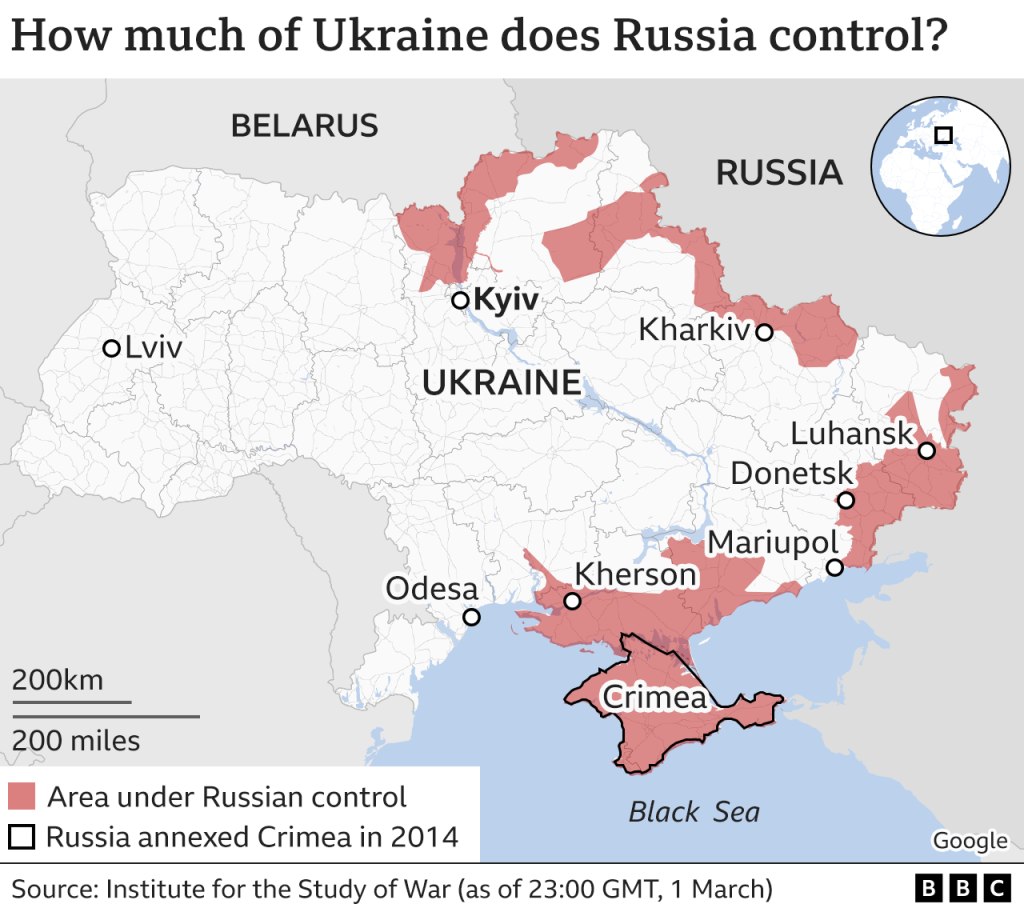An economic crisis can refer to a variety of events or conditions that have a significant negative impact on a country’s economy. These events include financial problems, recessions, high unemployment, and declining GDP. Economic troubles can have a range of causes and consequences. They can often require government intervention or policy changes to address them.
Crises can take many different forms and can have a range of causes and consequences. They can be financial, political, social, or environmental in nature. They can require significant effort and resources to address and resolve.
Before we discuss the crisis, we must know the factors driving an economy and what influences its overall performance. Some of the critical factors that can drive a country’s economy include:
- Economic growth: Economic growth refers to the increase in a country’s GDP (gross domestic product) over time. It is typically measured as the percentage change in GDP from one period to the next. Economic growth can be driven by several factors, including increased productivity, investment, and consumption.
- Employment: A country’s employment rate is a key indicator of its economic health. High employment rates can drive economic growth by increasing the number of people who can earn an income and contribute to the economy through consumption and investment.
- Inflation: Inflation is a measure of the rate at which the general level of prices for goods and services is rising and, subsequently, purchasing power is falling. Central banks aim to maintain low, stable inflation to promote economic stability and growth.
- Interest rates: Interest rates can significantly impact a country’s economy. High-interest rates can discourage borrowing and investment, while low-interest rates can stimulate borrowing and investment.
- Government policies: Government policies, such as tax policies, regulatory policies, and spending policies, can also have an impact on a country’s economy. For example, tax cuts or increased government spending can stimulate economic growth, while increased regulation or taxes can harm the economy.
- International trade: A country’s economy can also be influenced by its level of international trade. Exports can drive economic growth by increasing the demand for a country’s goods and services, while imports can provide access to a wider range of goods and services for consumers.
Pakistan vs. India’s economy:
Pakistan and India are both large and diverse countries with significant economies. However, there are several differences between the two countries regarding their economic performance and development. Some of the key differences between Pakistan’s and India’s economies include the following:
- GDP: India’s GDP is significantly larger than Pakistan’s, with India being the fifth-largest economy in the world by nominal GDP, and Pakistan is ranked 25th.
- Economic growth: India has experienced relatively strong economic growth in recent years, with an average annual GDP growth rate of around 7% over the past decade. In comparison, Pakistan’s GDP growth has been more modest, averaging about 4% per year over the same period.
- Unemployment: Unemployment in Pakistan is higher than in India, with Pakistan’s unemployment rate hovering around 6%. In comparison, India’s unemployment rate is currently around 6.5%.
- Inflation: Inflation in Pakistan has generally been higher than in India, with Pakistan’s annual rate of inflation staying above 5% in recent years, while India’s annual inflation rate has generally stayed below 5%.
- Balance of payments: Pakistan has faced a number of the balance of payments crises in the past, and the country’s current account deficit remains a concern. In contrast, India’s current account deficit has improved in recent years due to increased exports and a decline in imports.
What is GDP?
GDP (gross domestic product) measures the total value of goods and services produced within the country in a given year. It is often a key indicator of a country’s economic performance and growth.
India’s GDP
As of 2021, India is the fifth-largest economy in the world by nominal GDP. Over the past decade, India’s GDP has grown at an average annual rate of around 7%. However, like most economies, India’s GDP has experienced fluctuations, with some years experiencing strong growth. In contrast, others have seen slower growth or even contraction.
India’s GDP is driven by several sectors, including services, manufacturing, and agriculture. The services sector, which includes financial services, trade, and transport, is the largest contributor to India’s GDP, followed by the manufacturing sector. The agriculture sector employs a significant portion of the country’s population and is the third-largest contributor to GDP.
Pakistan’s GDP
Pakistan’s GDP has grown at an average annual rate of around 4% over the past decade. However, the country has experienced significant fluctuations in GDP growth, with some years experiencing strong growth. In contrast, others have seen slower growth or even contraction. In recent years, Pakistan’s GDP growth has been impacted by several factors, including political instability, security challenges, and a lack of investment in infrastructure.
The economic and financial crisis in Pakistan
Pakistan has experienced several financial crises over the years, some of which have significantly impacted the country’s economy. Some of the most important financial crises that Pakistan has experienced include:
- The balance of payments crisis of the 1980s: In the 1980s, Pakistan experienced a severe balance of payments crisis caused by several factors, including low export growth, rising oil prices, and high levels of foreign borrowing. The crisis was resolved with the help of a financial bailout from the International Monetary Fund (IMF).
- The financial crisis of 2008: Like many other countries, Pakistan was impacted by the global financial crisis of 2008. The situation led to a sharp decline in economic growth and brought unemployment to Pakistan.
- The energy crisis of 2011: In 2011, Pakistan experienced a severe energy crisis caused by several factors, including a lack of investment in energy infrastructure, high levels of energy theft, and mismanagement of the energy sector. The crisis harmed economic growth and caused widespread power outages throughout the country.
- The debt crisis of 2013: In 2013, Pakistan faced a severe debt crisis caused by high borrowing levels and a lack of fiscal discipline. The trouble was resolved with the help of a financial bailout from the IMF.
Some of the key indicators of Pakistan’s economic performance include the following:
- GDP: Pakistan’s GDP has grown at an average annual rate of around 4% over the past decade. However, the country has experienced significant fluctuations in GDP growth, with some years experiencing strong growth. In contrast, others have seen slower growth or even contraction.
- Unemployment: Unemployment in Pakistan has remained relatively high in recent years, with the unemployment rate hovering around 6%.
- Inflation in Pakistan has been relatively moderate in recent years, with the annual inflation rate generally staying below 10%.
- Balance of payments: Pakistan has faced a number of the balance of payments crises in the past, and the country’s current account deficit remains a concern. However, the deficit has improved in recent years due to increased exports and a decline in imports.
India’s economic performance
While India’s economic performance has been strong in recent years, with the country experiencing relatively high levels of economic growth. Some key indicators of India’s economic performance include:
- GDP: India’s GDP has grown at an average annual rate of around 7% over the past decade. However, like most economies, India’s GDP has experienced fluctuations, with some years experiencing strong growth. In contrast, others have seen slower growth or even contraction.
- Unemployment: As of 2021, India’s unemployment rate is around 6.5%. Unemployment in India is generally higher for certain groups, such as young people and women, and is particularly high in certain regions.
- Inflation: Inflation in India has generally been moderate in recent years, with the annual rate of inflation staying below 5%. However, there have been periods of higher inflation, particularly during times of economic downturn.
- Balance of payments: India’s current account deficit has improved in recent years due to increased exports and a decline in imports. The country’s current account deficit is largely financed by foreign borrowing, contributing to a high level of foreign debt.
Common financial crises
India and Pakistan have experienced financial crises at various points in their history. Some of the most significant and common financial crises that the two countries have experienced include:
- The balance of payments crisis of the 1980s: In the 1980s, both Pakistan and India experienced a severe balance of payments crises caused by several factors, including low export growth, rising oil prices, and high levels of foreign borrowing. The crises were resolved with the help of financial bailouts from the International Monetary Fund (IMF).
- The financial crisis of 2008: Like many other countries, India and Pakistan were impacted by the global financial crisis of 2008. The crisis led to a sharp decline in economic growth and unemployment in both countries.
- The debt crisis of 2013: In 2013, Pakistan faced a severe debt crisis caused by high borrowing levels and a lack of fiscal discipline. The crisis was resolved with the help of a financial bailout from the IMF. On the other hand, India has not faced a debt crisis of this nature in recent years.
How to deal with it?
General strategies that governments and central banks may use to address an economic crisis include:
- Implementing fiscal policies: Governments can use fiscal policy to stimulate economic activity and reduce the impact of an economic downturn. This can include measures such as increasing government spending, reducing taxes or providing financial assistance to individuals and businesses.
- Implementing monetary policies: Central banks can use monetary policy to influence the supply and demand for money and credit in the economy. This can include adjusting interest rates, purchasing government bonds, or providing liquidity to financial institutions.
- Restructuring the economy: Governments and central banks may also take steps to address structural economic issues contributing to the crisis. This can include measures such as implementing structural reforms, improving the business environment, or investing in infrastructure.
- Seeking external assistance: In some cases, a country may need external assistance, such as a financial bailout from the International Monetary Fund (IMF) or other international organizations, to address an economic crisis.
- Reducing imports: One way to reduce a current account deficit is to reduce the country’s reliance on imported goods and services. This can be achieved by increasing import tariffs or implementing import substitution policies.
- Increasing exports: Another way to address a current account deficit is to increase the country’s exports. This can be achieved through measures such as improving the competitiveness of domestic industries, negotiating trade agreements, or investing in export promotion.
- Improving productivity: Improving productivity and efficiency in the economy can also help to increase competitiveness and boost exports. This can be achieved by investing in education and training, improving infrastructure, or implementing structural reforms.
- Strengthening the currency: A country may also choose to strengthen its currency to reduce the demand for imports and increase the competitiveness of its exports. This can be achieved by increasing interest rates or implementing fiscal policies to reduce the deficit.









